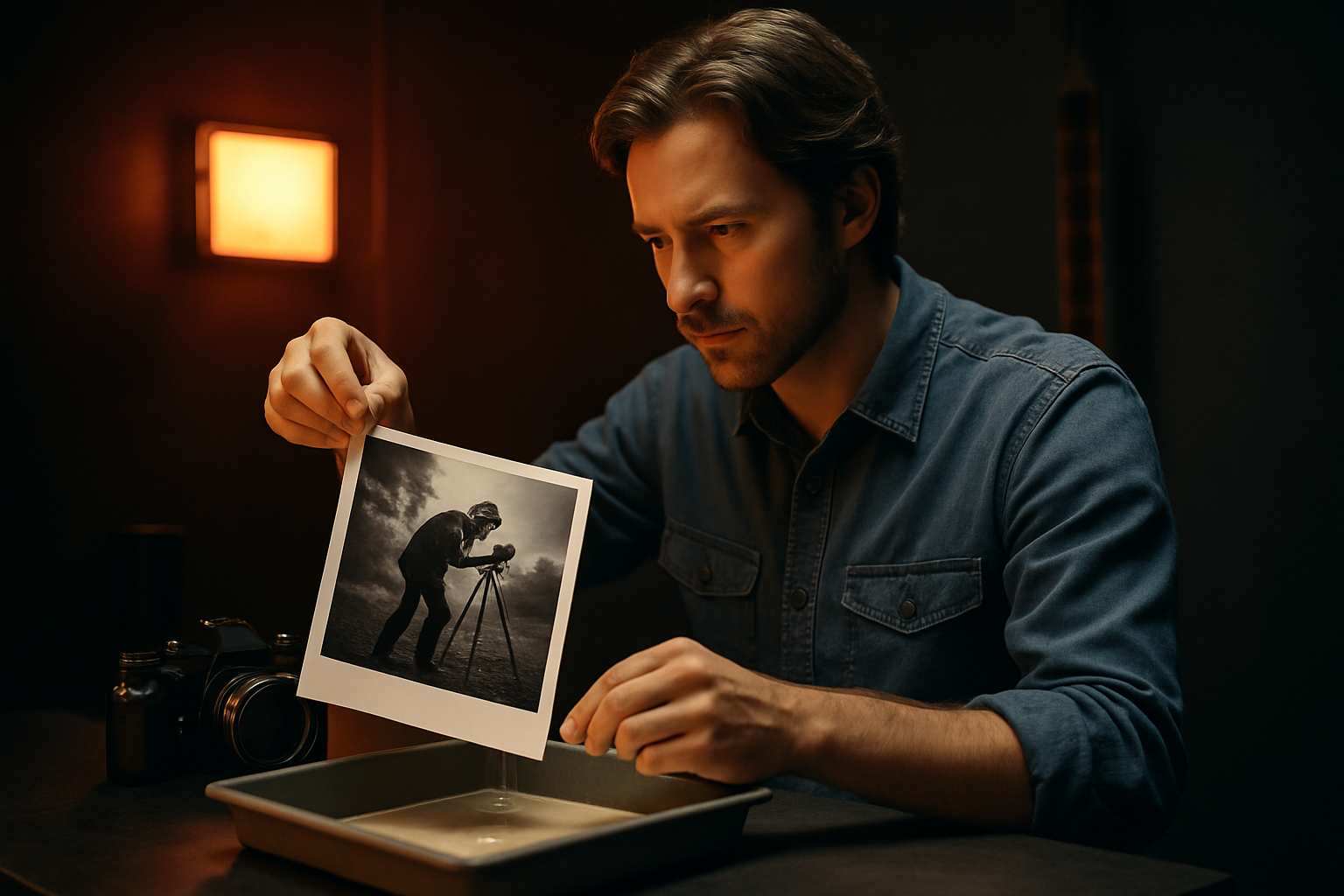The Resurgence of Analog Photography in the Digital Age
In an era dominated by digital technology, a curious trend has emerged in the world of photography. Analog photography, once thought to be obsolete, is experiencing a remarkable revival. This resurgence is not merely a nostalgic nod to the past, but a conscious choice by photographers and enthusiasts seeking a more tactile and deliberate approach to image-making. As digital cameras continue to advance, the allure of film photography grows stronger, captivating a new generation of artists and challenging our perceptions of what constitutes modern photography.

The Aesthetic Appeal of Film
One of the primary drivers behind the analog revival is the unique aesthetic that film photography offers. The grain, color rendition, and tonal range of film create a distinct look that many find impossible to replicate digitally. Each film stock has its own character, from the warm tones of Kodak Portra to the rich blacks of Ilford HP5. This variety allows photographers to choose a medium that best suits their artistic vision, adding an extra layer of creative control to their process.
The Slow Photography Movement
In stark contrast to the rapid-fire approach of digital photography, analog methods encourage a slower, more thoughtful process. With limited exposures per roll and the inability to instantly review images, film photographers must carefully consider each shot. This deliberate approach has given rise to the slow photography movement, emphasizing quality over quantity and fostering a deeper connection between the photographer and their subject. Many practitioners find this methodical process not only improves their technical skills but also enhances their overall artistic vision.
The Educational Value of Film
As analog photography gains popularity, it has found a place in educational institutions. Many photography programs now incorporate film courses, recognizing the medium’s ability to teach fundamental principles of exposure, composition, and darkroom techniques. Learning to shoot on film forces students to understand the technical aspects of photography in a way that automatic digital cameras often overlook. This hands-on approach provides a solid foundation for aspiring photographers, regardless of whether they ultimately choose to work in digital or analog formats.
The Business of Analog
The resurgence of film photography has not gone unnoticed by the industry. Film manufacturers have responded to the increased demand by reintroducing discontinued film stocks and even developing new ones. Kodak’s relaunch of Ektachrome in 2018 was met with enthusiasm from the photography community, signaling a renewed commitment to analog products. Additionally, a thriving market for vintage cameras has emerged, with prices for sought-after models reaching unprecedented levels. This economic ecosystem has created new opportunities for businesses specializing in film sales, processing, and camera repair.
The Digital-Analog Hybrid Approach
While purists may advocate for a complete return to analog methods, many photographers are embracing a hybrid approach. This involves shooting on film but scanning negatives for digital editing and distribution. This workflow combines the aesthetic qualities of film with the convenience and flexibility of digital post-processing. The hybrid approach has become increasingly popular among professional photographers, particularly in the wedding and fine art genres, where the unique look of film is highly valued.
Challenges and Sustainability
Despite its growing popularity, the analog revival faces several challenges. The environmental impact of film production and processing is a concern in an increasingly eco-conscious world. Additionally, the rising costs of film and developing services may limit accessibility for some photographers. However, innovations in eco-friendly film production and the emergence of community darkrooms are addressing these issues, ensuring the sustainability of analog photography for future generations.
The Future of Analog in a Digital World
As we look to the future, it’s clear that analog photography has secured its place alongside digital imaging. Rather than competing technologies, they are increasingly seen as complementary tools in a photographer’s arsenal. The tactile nature of film, combined with its unique aesthetic properties, continues to attract both seasoned professionals and newcomers to the craft. As long as there are artists seeking to push the boundaries of their medium and connect with the physical process of image-making, analog photography will thrive in our digital world.




